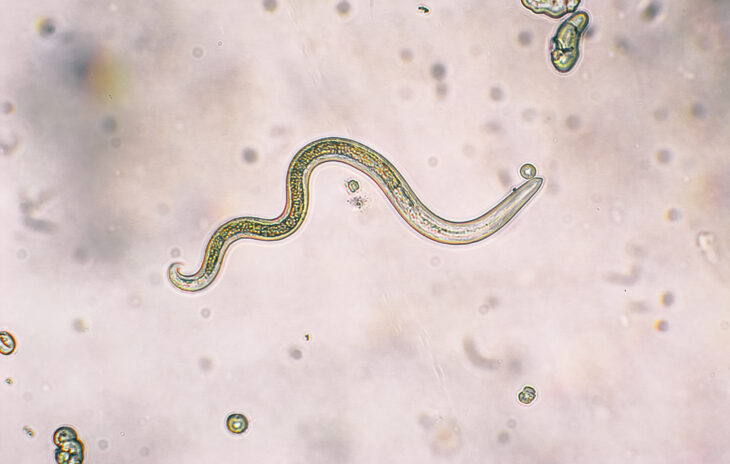Gas Clouds Found Sans Metals
Four minutes after the big bang, hydrogen and helium constituted the only elements in the universe (except for minute amounts of lithium). No heavier elements—which astronomers refer to as “metals”—existed until the first stars formed a few hundred million years later. The initially fruitless search for gas clouds that reflect this lack of metals cast some doubt on the validity of big bang cosmology. But recent observational efforts found two clouds with no detectable metals and the amount of deuterium measured in the clouds provides direct confirmation of the standard big bang model.
The ability of a model’s predictions to match observations helps scientists evaluate that model’s validity. Even if most of the data match, a few key discrepancies between predictions and measurements can result in the model being discarded. On the other hand, new data that resolves a prior discrepancy can boost scientists’ confidence in the model. A new measurement of primitive gas clouds provides such a boost for big bang cosmology.
The temperatures and densities in the universe moments after the big bang prevented the formation of even protons, the most basic building blocks of matter. Shortly after the universe cooled past the point where protons could exist, it entered a period where nuclei larger than a single proton formed. Big bang models predict the existence of specific amounts of hydrogen, deuterium (hydrogen with one neutron), helium, and lithium four minutes after the big bang. However, the formation of stars 200 million years later started changing the ratio of these elements. In order to directly measure these primordial abundances, astronomers must find gas clouds uncontaminated by star remains.
Researchers’ initial searches turned up only clouds with metal abundances roughly one thousandth that of the Sun. While these clouds are extremely metal poor, they are still significantly contaminated. Now three scientists have reported observations of two gas clouds—seen as they were two billion years after the big bang—with no detectable metal content.1
These clouds support big bang cosmology in two ways. First, the discovery of such pristine clouds verifies one step of the progression from the early hot, dense state after the big bang until numerous stars have formed and exploded. Second, the team measured the deuterium abundance in these pristine clouds, and the value matched predictions of big bang nucleosynthesis.
Big bang cosmology traces its roots to Einstein and Hubble’s work more than 80 years ago. The scientific discoveries over that time, including this observation of pristine gas clouds, continue to demonstrate that big bang cosmology remains the best tested and most parsimonious explanation of the universe in which we live. And it agrees well with the biblical description.
Endnotes
- Michele Fumagalli, John M. O’Meara, and J. Xavier Prochaska, “Detection of Pristine Gas Two Billion Years After the Big Bang,” Science 334 (December 2, 2011): 1245–49.






